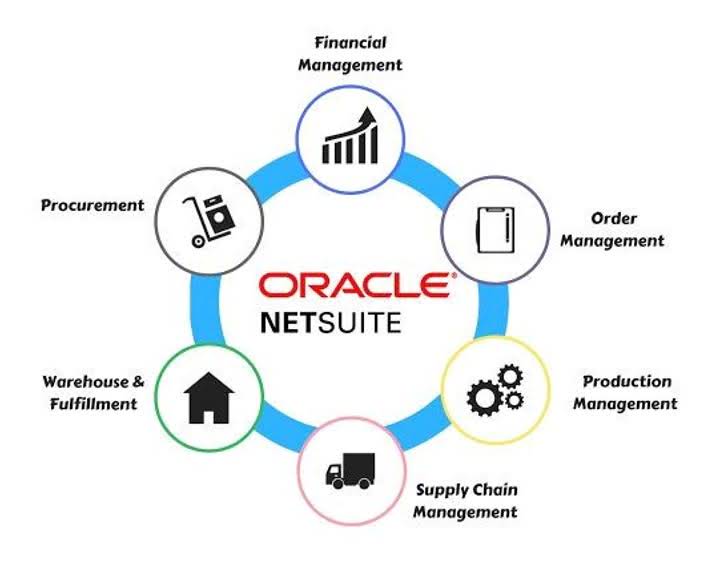
Empowering people with accessible and actionable information to help them succeed. We help founders launch, grow, and stay compliant with expert-backed services and easy-to-understand support. The International Federation of Red Cross and Red Crescent Societies provides global humanitarian aid during peacetime, such as assisting refugees.

Activities
Nonprofits may receive grants from foundations, corporations, or government agencies. Grants are typically awarded for specific projects or programs and may require the nonprofit to meet certain conditions or reporting requirements. These nonprofit organizations raise public awareness about their causes, and may even teach and train the public about them.
Private Foundation
There are eight categories of nonprofits that are eligible to apply for 501(c)(3) status according to the IRS. A 501(c)(3), in its simplest sense, is a tax-exempt nonprofit organization. Oftentimes, words such as charity, nonprofit, and 501(c)(3) are used interchangeably; however, not all nonprofits have 501(c)(3) standing. Becoming a 501c3 organization begins with careful planning and legal structuring.
Private Operating Foundation

Public charities that earn less than $5,000 in revenue per year are exempt from filing this form. But they may still choose to file the form even though it’s not required so they can ensure that donations made to their organization will be tax deductible for donors. If the organization does not qualify as a public charity, then they are a private foundation. A private foundation generally receives its support from a small number of (often large) donors. Because many nonprofits are exempt from federal and state income taxes, they can allocate more of their resources toward achieving their mission and serving their communities.

More In File
- Being “501(c)(3)” means that a particular nonprofit organization has been approved by the Internal Revenue Service as a tax-exempt, charitable organization.
- An example is a club whose purpose is its members’ enjoyment.14 Other examples of NFPOs include credit unions, sports clubs, and advocacy groups.
- Organizations with this designation are often viewed as more legitimate and trustworthy by the public, which can lead to increased support and engagement.
- Ocean Champions is a 501(c)(4) environment organization that has a political action committee (Ocean Champions PAC).
The International Committee of the Red Cross provides humanitarian relief for people who are affected by ledger account war or other armed conflicts. Julia Kagan is a financial/consumer journalist and former senior editor, personal finance, of Investopedia.
She has spent the last five years working on small business content to help entrepreneurs start and grow their businesses. She’s well-versed in the 5013c intricacies of LLC formation, business taxes, business loans, registered agents, business licenses and more. Various online resources are available to help identify whether an organization is for-profit or nonprofit. In the United States, you can search for the company’s status on the Internal Revenue Service (IRS) website or the state’s Secretary of State website.

What is a 501(c)( nonprofit organization and how do I start one?
- If the nonprofit decides to pursue a new mission, the organization must notify the IRS of the change.
- It is reported by the Nonprofit Risk Management Center that more than one hundred organizations forfeit their 501(c)(3) status each year for failing to follow the rules.
- Individuals who donate to an organization that the IRS considers to be a public charity may qualify for certain tax deductions that can help them lower their taxable income.
- Generally, someone who itemizes deductions can deduct donations to most charities up to 50% (or 60% for cash) of their AGI.
- All 501(c)(3) organizations are automatically classified as private foundations unless they can prove that they meet the IRS standards to be considered a public charity.
- Like the private foundation, the private operating foundation may have closely held ownership and control, and may derive its income without the broad base of public support.
This understanding will enable organizations to maintain their tax-exempt status and double declining balance depreciation method continue contributing positively to society at large. One of the most compelling reasons donors choose to give to 501(c)(3) organizations is the tax deduction. Donors can claim charitable contributions on their individual tax returns, which can help them lower their taxable income. This added incentive often encourages more frequent and larger donations.